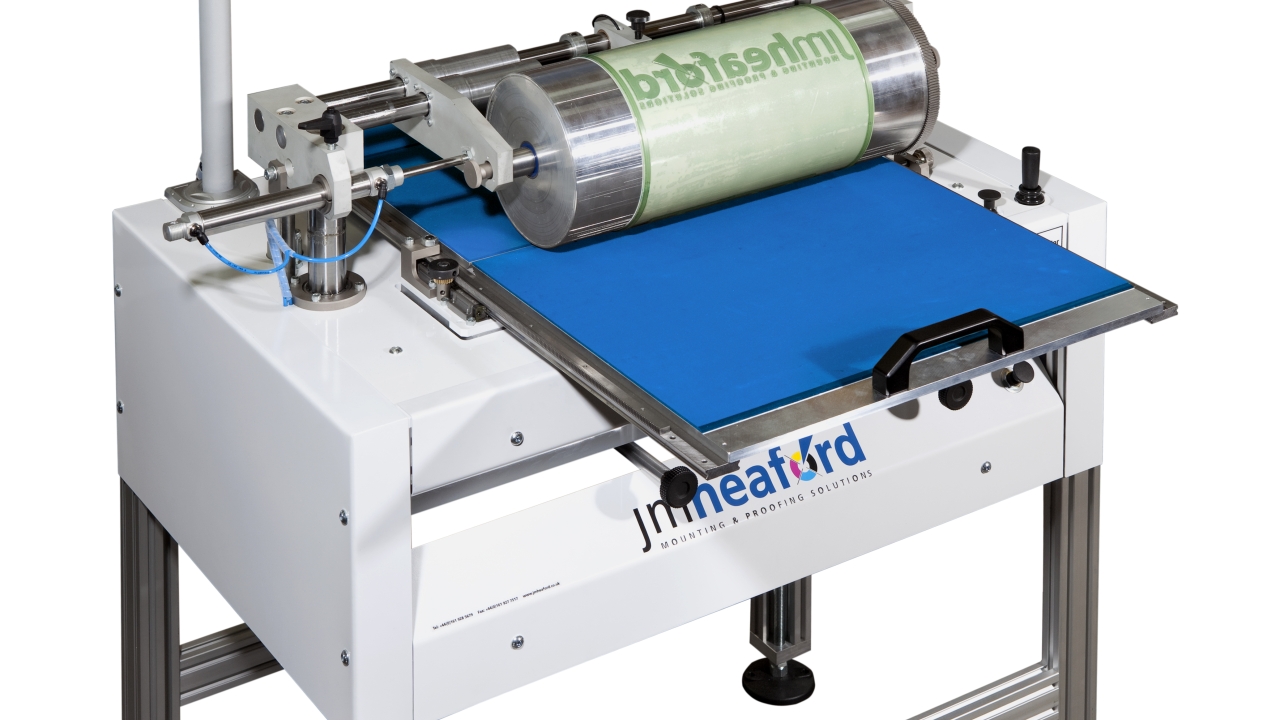Reflex orders four FTS plate mounting machines from JM Heaford
Reflex Labels has ordered four FTS plate mounting machines from JM Heaford, with the first two machines already delivered.

The investment follows positive experience of the technology following an initial FTS installation in 2015, and a comprehensive evaluation of its efficiency gains and benefits since that time, according to JM Heaford. The four machines in the new order are identical in specification, while differing from the first FTS installation at the company’s facility in Newcastle-upon-Tyne, which included a specialized micro-gap cutter to provide consistent plate joining accuracy for continuous design printing without the need for in-the-round sleeves.
The two FTS mounters already delivered have gone to Reflex Labels’ site in Barwell, Leicestershire, which specializes in labels and printed laminates for sachets. The remaining machines – one for Mansfield and one for Boston, Lincolnshire – are scheduled to be in operation before the end of August.
Paul Sefton, operations manager at Reflex Labels, explained: ‘We invest in technology for continuous improvement and our day-to-day experience of the FTS has provided hard evidence that it delivers considerable efficiency improvements.
‘It mounts plates more than twice as fast as a conventional mounter. Then, when you factor in its accuracy, easy operation and the minimal human intervention required, it all adds up to a huge advantage for production on the kind of scale we are handling at each Reflex site.’
The investment comes hot on the heels of Reflex Labels ordering seven Mark Andy Performance Series presses.
For Reflex, the faster, more accurate mounting system means that each FTS can service multiple presses at the same time. ‘There’s no risk of production delay while we wait for plates to be mounted,” added Sefton. ‘The mounted cylinders can be ready by the press to change from one job to the next with minimal downtime.’
Stay up to date
Subscribe to the free Label News newsletter and receive the latest content every week. We'll never share your email address.

